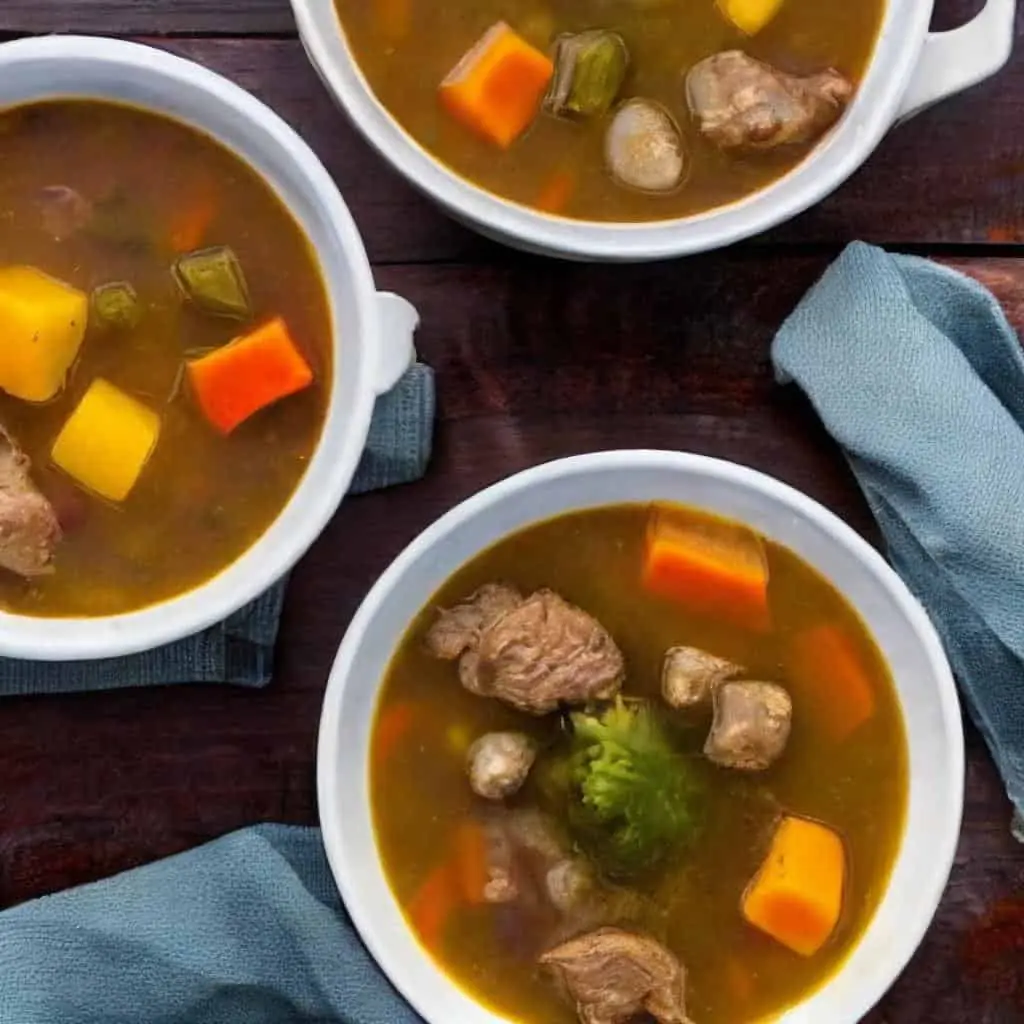Yes, Christmas is celebrated in Haiti with its own set of unique traditions and customs.
Haitians adorn their homes with fanals and indulge in homemade cake and Kremas, which is their version of eggnog, making their festivities a rich display of cultural heritage.
The attendance of midnight mass on Christmas Eve and the preparation of pumpkin soup on New Year’s Eve are also essential components of their holiday season.
The strong focus on church and religion during Christmas serves to underscore the holiday’s significance in Haitian culture.
History of Christmas in Haiti

Christmas in Haiti has been celebrated since the early colonial period, incorporating diverse cultural influences over time. The holiday holds significant importance for the Haitian people, with a blend of French, African, and Haitian traditions shaping the unique Christmas culture.
The celebration starts on Christmas Eve, with families coming together to share a special meal that often includes soup joumou, rice and beans, fried pork, sweet potato pudding, and pain patate. Children eagerly await the arrival of Santa Claus, known as Tonton Nwèl, who brings gifts and joy.
The tradition of Fanals, lantern-like homes, illuminates the way to church, adding a spiritual dimension to the festive season. This historical fusion of customs and rituals has created a vibrant and cherished Christmas celebration in Haiti, uniting communities in shared merriment and tradition.
Traditional Christmas Decorations and Symbols

The tradition of Fanals, lantern-like homes, plays a central role in Haiti’s traditional Christmas decorations, illuminating the way to church and adding a spiritual dimension to the festive season.
In addition to Fanals, traditional Haitian Christmas decorations include Christmas trees adorned with bright ornaments, pine branches, and nativity scenes placed at the bottom of the tree.
Homes in Haiti are brightened with multicolored lights, animation, and lantern-like fanals, creating a vibrant and joyful atmosphere.
Children in wealthier Haitian families often place their cleaned shoes filled with straw under the tree for Tonton Nwèl (Santa Claus) to leave presents in and around.
The festive season is also celebrated with the traditional Haitian drink, Kremas, adding to the merriment.
Haitian Christmas Cuisine and Delicacies

How do Haitians traditionally prepare their Christmas meals?
Haitian Christmas cuisine is a rich reflection of Haitian culture and traditions. Christmas Eve, known as ‘reveillon,’ is a significant culinary event in Haiti.
Traditional meals often include rice with djon djon, rice and beans, chicken creole, fried accra, and goat. Delectable desserts like pineapple upside-down cake and orange cake are also enjoyed.
Kremas, a creamy and sweet alcoholic beverage flavored with coconut, vanilla, and cinnamon, is a staple during the holiday season. Rum is another popular ingredient in Haitian Christmas delicacies. It’s used in various desserts and drinks.
However, it’s important to note that specific dishes and customs may vary across different regions of Haiti. Nonetheless, the festive spirit and the joy of coming together to savor these delicacies are universal in Haitian Christmas celebrations.
Music and Dance Festivities During Christmas

During the festive Haitian Christmas celebrations, music and dance play an integral role, adding to the joy and liveliness of the season’s festivities. Haitian people gather with family and friends, often dancing to traditional Christmas songs and carols during the Christmas Eve church service.
Haitian artists also contribute to the music and dance festivities during Christmas, performing lively tunes that enliven the atmosphere. The Christmas season in Haiti is filled with the sounds of joy, with music and dance bringing communities together in celebration.
On Christmas Day, people continue to revel in the festive spirit, enjoying the company of loved ones, singing, and dancing. The music and dance festivities are a central part of Haitian Christmas traditions, creating a vibrant and jubilant atmosphere alongside other traditional customs like Tonton Nwèl (Santa Claus), Christmas Trees, and Kremas.
Community and Family Celebrations

Community and family celebrations during Haitian Christmas emphasize the importance of togetherness and tradition, fostering a sense of shared joy and cultural connection.
In Haiti, Christmas is a time for families and communities to come together, with traditions that strengthen bonds and create lasting memories. Haitians celebrate by attending midnight mass, staying up all night on New Year’s Eve to make pumpkin soup, and decorating their homes with intricate fanals, symbolizing community celebration.
Traditional Haitian Christmas food, such as homemade cake and Kremas, is enjoyed during communal feasts with family and friends. Furthermore, church and religion play a significant role in Haitian Christmas celebrations, with December being a month where many people make an effort to attend mass or church services to pay homage to Jesus.
This emphasis on community, family, and traditions reflects the rich cultural heritage of Haiti, fostering a sense of unity and shared celebration among its people.



